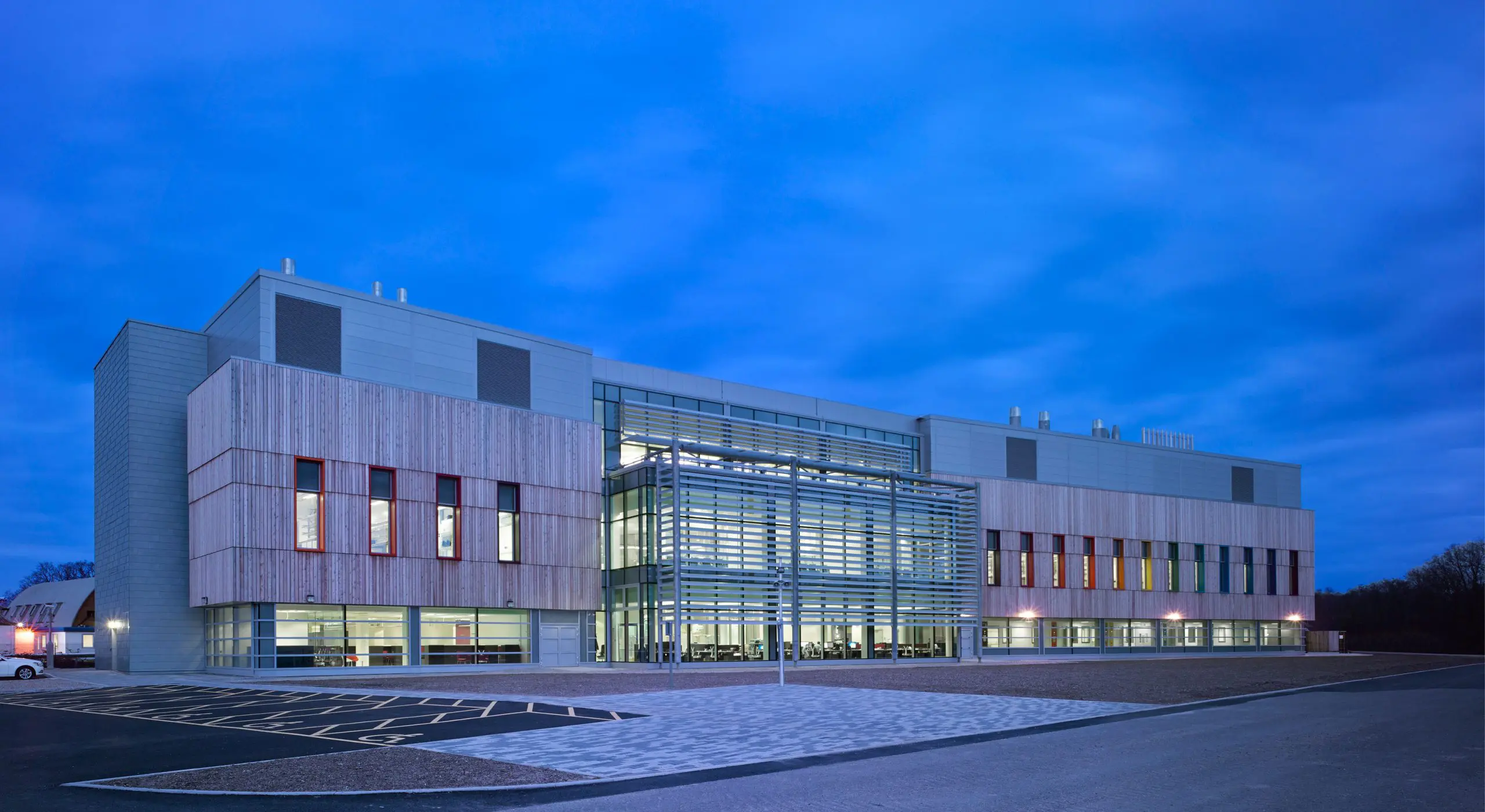The Pirbright Institute in Surrey is a world leading centre of excellence in the research and surveillance of virus diseases that affect livestock, and viruses that spread from animals to humans.
A large number of the Institute’s staff and students recently moved into new, state-of-the-art research facilities. This meant the o d laboratories and buildings had to go through a major decommissioning and cleaning process, ahead of demolition next year.
Undertaking the clean-up on behalf of Pirbright was Grundon Waste Management’s Industrial Services team.

With strict biosafety controls in place on-site, Dr Michael Johnson, the Institute’s Director of Capability, says it was important to work with an organisation that really grasped the requirements of such a highly-specialist industry sector.
“Working relationships are really important to us and choosing the right contractor is critical. We needed someone who we could trust to do the job, who understands our environment and the scope of the work involved,” he said.
“Due to the nature of our work, this is a unique site. Grundon understood what we needed to achieve and has delivered against that very well. Everybody is very happy and we are well on target to move to the next stage of the decommissioning programme.”
The research undertaken at the Institute focuses on viruses that are potentially devastating for the economy, food security and the wellbeing of animals and people. These include viral diseases like foot-and-mouth and bluetongue, which affect certain livestock; and also zoonotic viruses like avian and swine influenza, that can spread from animals to humans.
Dr Johnson says strict controls are in place on-site to ensure the biosafety measures cannot be compromised.
In addition to standard health and safety compliance and legislation, Grundon employees had to go through the Institute’s own rigorous training programme before being allowed into the biocontainment area to begin the project.
“It was really important to go through the training because the buildings are still under regulatory biocontainment conditions until they can be safely decommissioned. Health and safety and biosafety measures are therefore being maintained at a high level throughout the process,” continued Dr Johnson.
“After an induction process, contractors have to complete coursework and are tested to make sure they fully understand the necessary regulations and the implications of what they are doing, as they have to adhere to those regulations every day. It’s certainly not the sort of thing you would normally have to do, which is why we place so much emphasis on working with the right people.
“Biosafety is of paramount importance here at Pirbright. We take all possible steps to ensure that there are no circumstances under which someone could transfer any virus material out of the secure area and into the environment,” said Dr Johnson.
So strict is the process that anyone who has been inside the biocontainment area has to abide by quarantine rules and not go close to any livestock within a three day period.
Over the last year, the Industrial Services team led by Andrew Stratton, has completed a three stage process comprised of a deep clean, surface decontamination and then fumigation of the buildings.
Stage one – a deep clean of all surfaces, using a HEPA Filter Vacuum Unit, to remove any marks and clean areas such as crevices between tiles, where viruses could persist.
Stage two – a surface decontamination with a multi-purpose iodophore biocide FAM 30.
Stage three – after the Institute’s own team has undertaken a fumigation using formaldehyde, the Grundon team removes any residue.
Institute staff will review the work before completion of the final stage, when the building is officially recognised by the Health and Safety Executive as having been biologically deactivated. Only then can the Institute’s engineering team move in to turn off services such as the heating and ventilation units, ahead of eventual demolition.
All equipment and furniture removed from the buildings also had to undergo a surface clean before being quarantined in a separate building – where it will stay for six months. It will then be sent directly to deep landfill. Any salvageable metal will go directly to a smelter.
Before entering the secure area each day, the Grundon team had to completely change their clothes, and shower and change again before leaving, while all equipment used was left within the secure area for decontamination by high temperature incineration.
All clothes worn during the day had to go through a stringent on-site cleaning and validation process, using extra high temperature washing machines.
“This was a very specialist project which required a dedicated team prepared to work in a unique environment and it gave us the opportunity to show off our range of skills in industrial cleaning,” said Andrew.
“It shows that we have the techniques and the tools to satisfy even the toughest of customers and we continue to look forward to working with the Institute team in the future.”

Comments: 0
No comments yet, why not be the first?